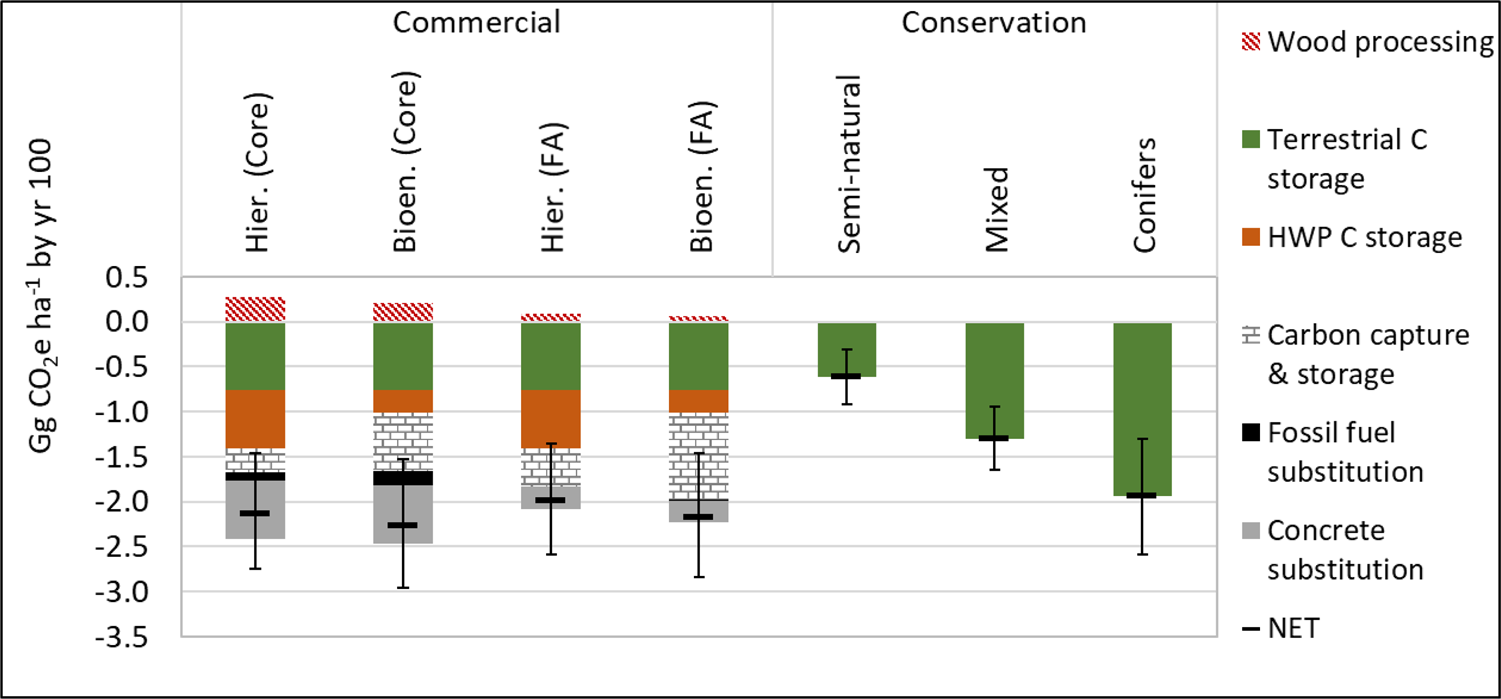Afforestation is the process of planting trees in an area where there was previously no forest. This can be done for a variety of reasons, including mitigating climate change, preserving biodiversity, and providing economic and social benefits for communities.
One of the main benefits of afforestation is the ability of trees to absorb carbon dioxide from the atmosphere. Carbon dioxide is a major contributor to climate change, and forests act as a sink for this greenhouse gas, storing it in their wood, leaves, and soil. By planting more trees, we can help to offset the carbon emissions produced by human activity, such as burning fossil fuels.
In addition to their role in combating climate change, forests also provide important ecosystem services, such as protecting against soil erosion, regulating water flow, and providing habitat for a wide range of plant and animal species. Forests are also a vital resource for many communities, providing timber, non-timber forest products, and recreation opportunities.
However, afforestation is not without its challenges. It can be difficult to find suitable land for planting, and success rates for tree planting can be low due to factors such as drought, pests, and disease. It is also important to consider the potential impacts on local communities, as well as the long-term management and maintenance of the planted forests.
Despite these challenges, afforestation is a crucial tool in addressing the global environmental and social issues we face today. By carefully planning and implementing afforestation projects, we can help to mitigate climate change, preserve biodiversity, and support sustainable development.





:max_bytes(150000):strip_icc()/a-forest-is-born-936870808-1290f88065c84f61bd4d3f06ea6db12c.jpg)

